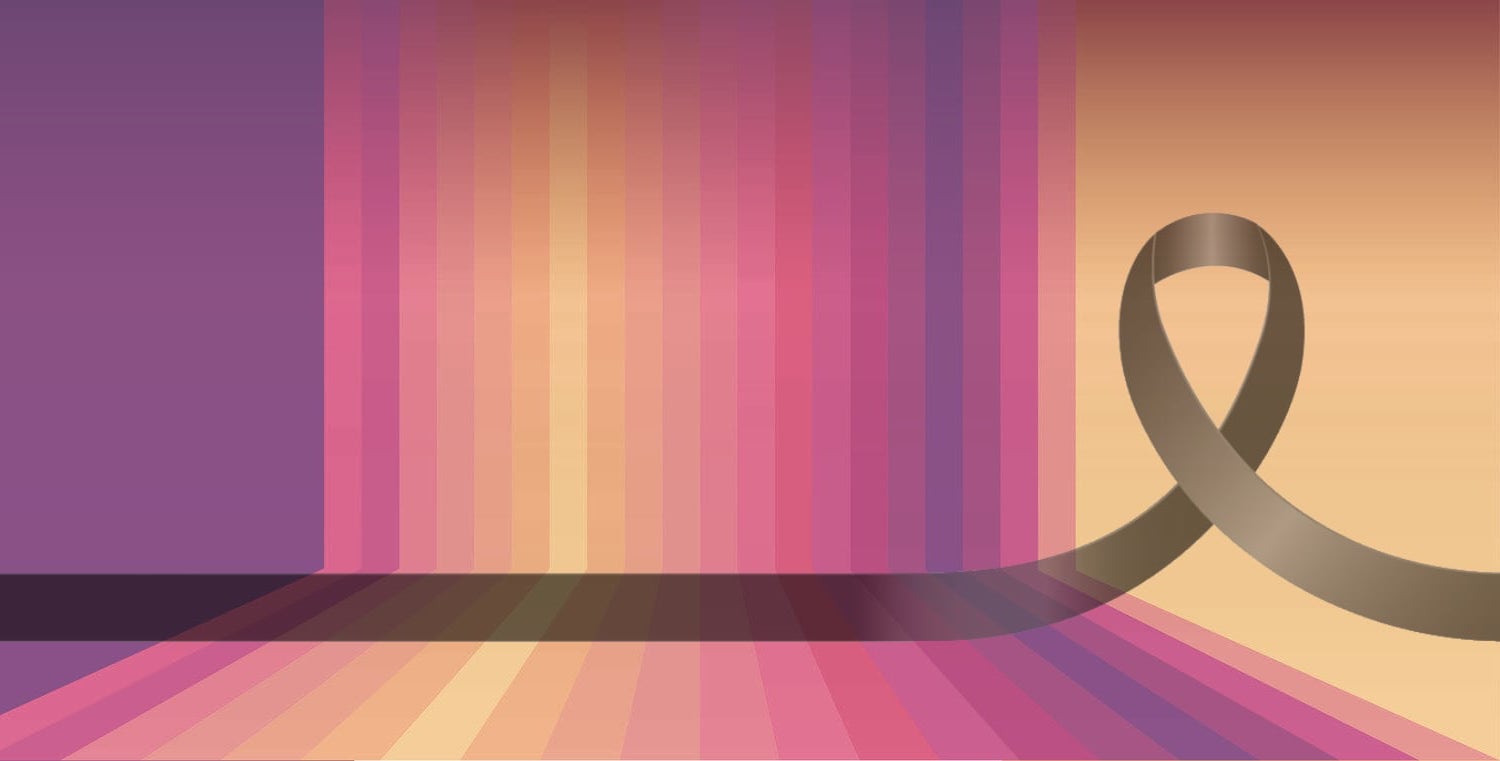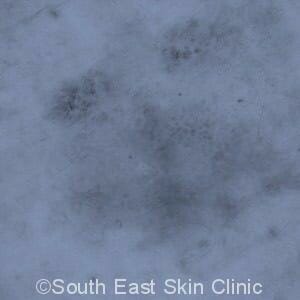SKIN CANCER.
What is Skin Cancer?
Skin cancer is the uncontrolled growth of abnormal skin cells. Nodular melanoma and squamous cell carcinoma may grow over weeks, whilst Basal Cell Carcinoma (BCC) takes months to enlarge visibly.
Skin cancer makes up to 80% of all newly diagnosed cancers in Australia. Most skin cancer is one of:
- Basal Cell Carcinoma (BCC)
- Melanoma
- Squamous Cell Carcinoma
- Intraepidermal Carcinoma (IEC)
A biopsy is usually required to establish a diagnosis.
Early diagnosis leads to better outcomes and easier treatment. For example, some types of IEC & BCC may be treated with skin cancer cream or gel.
What Causes Skin Cancer?
No matter the type of skin cancer, most cases fall into one of two very broad categories:
- Unrepaired DNA mutations caused by UV or solar damage; or
- Genetic mutations.










